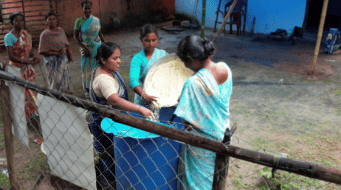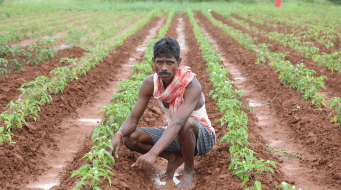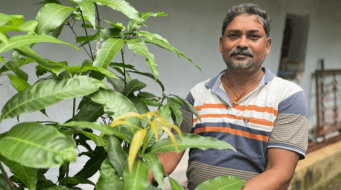Water is a finite resource. Perhaps a tad difficult to believe, when each year, the dark clouds gather to bring in the fresh, glorious monsoon rains and the rivers and lakes gurgle and overflow bountifully. But this is nature at its efficient best, recycling and circulating the same amount of water over aeons. Every single molecule of water on earth has existed for billions of years. Population, food production, land development – all have increased exponentially, but the amount of water available here on earth has continued to stay the same. Today, however, this finite water landscape is marred with excess usage, wastage, pollution and scarcity.
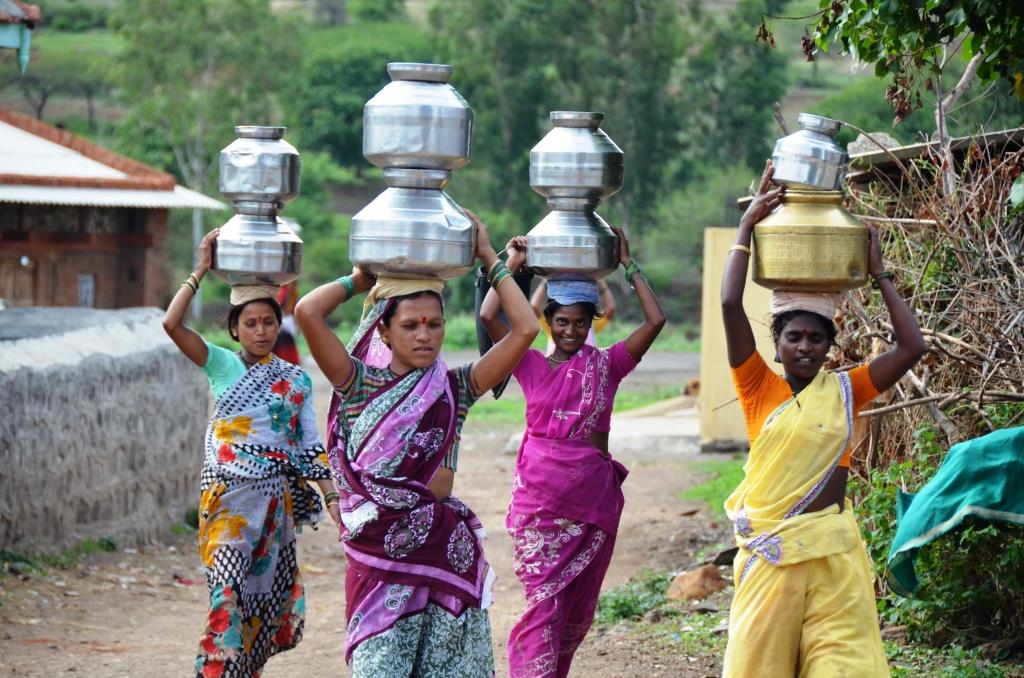
India’s water woes
In India, both surface and groundwater are highly exploited, with the country placed thirteenth among the world’s 17 ‘extremely water-stressed countries. In 1951, India had 5,177 cubic meters of annual water per person. However, this has fallen to around 1,500 cum. in 2014 and is estimated to decline further to 1,235 cum. by 2050.
Moreover, for a country dependent on the monsoons for a large share of its water, the changing climate has added an unforeseen dimension. Erratic rains, shifting rainfall patterns, and short, intense downpours play havoc across the country and pave the way for an even more water insecure world.
And yet, we continue to live a water-intensive lifestyle, seemingly unconcerned about these complex water challenges that stare us right in the face. Like any other finite asset, once water is used for any particular purpose, no matter how vital, one is left with a reduced amount for all other works. Dealing with these interlinked water issues requires efficient handling and a focused direction to optimally use our limited water supply. So, the trick lies in managing it judiciously for maximum impact and efficiency.
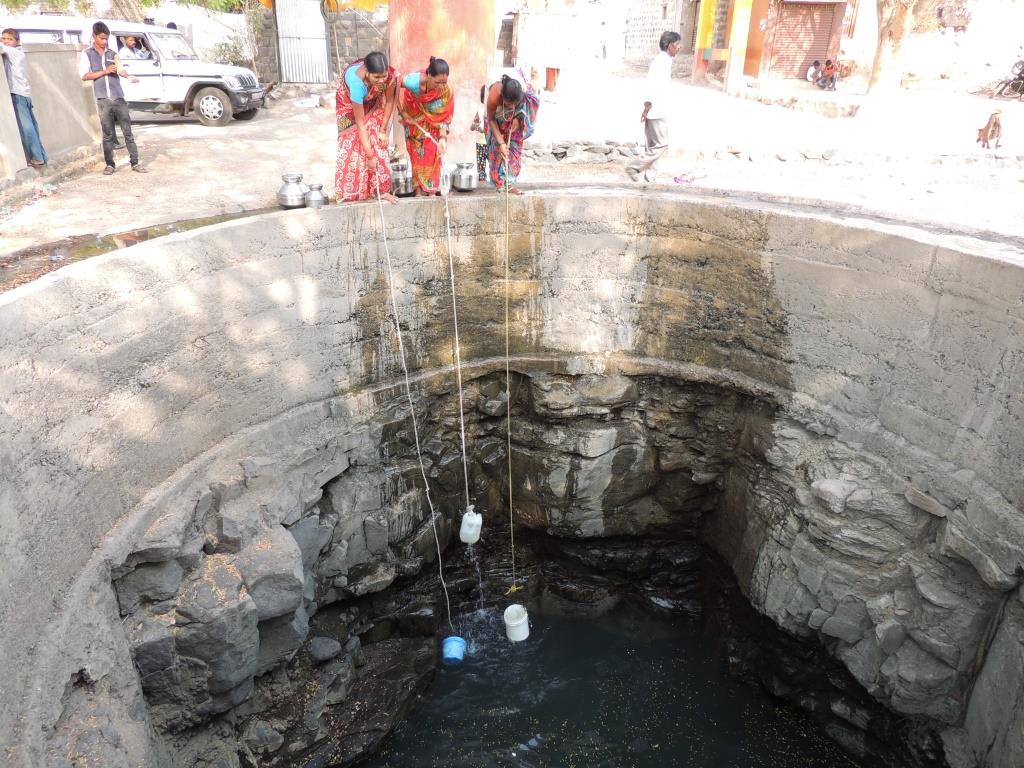
Water Governance – The way forward
Water management, which is simply the management of available water resources, can help plan and strategies cost-effective options for the future to enable a resilient waters cape. This can be through direct systems to embrace rainwater harvesting, groundwater recharge or use of grey water, infrastructural innovations for efficient sewage treatment, desalination or drip irrigation schemes, and an improved governance system to maximize and equitably distribute the social and economic benefits of water resources.
Water Governance is an effective approach to water management in India. It essentially refers to ‘who gets what water, when and how, and who has the right to water and related services, and their benefits. And who better to govern this essential entity than those directly affected by the decisions being taken – the actual, on-ground stakeholders.
Without active citizen involvement, plans rarely succeed even if they look great on paper and are technically sound. It is the ‘bottom-up’ approach, wherein the concerned stakeholder is a part of the decision-making process and feels a strong sense of ownership and commitment to successfully adopt and execute the finalized plan.
But, for any undertaken governance to be sustainable in the long term, there is a need for external inputs. Financial aid for future up-gradation works, periodic motivation for the stakeholders, and clear incentives on what works well and what does not are essential to continue to move confidently.
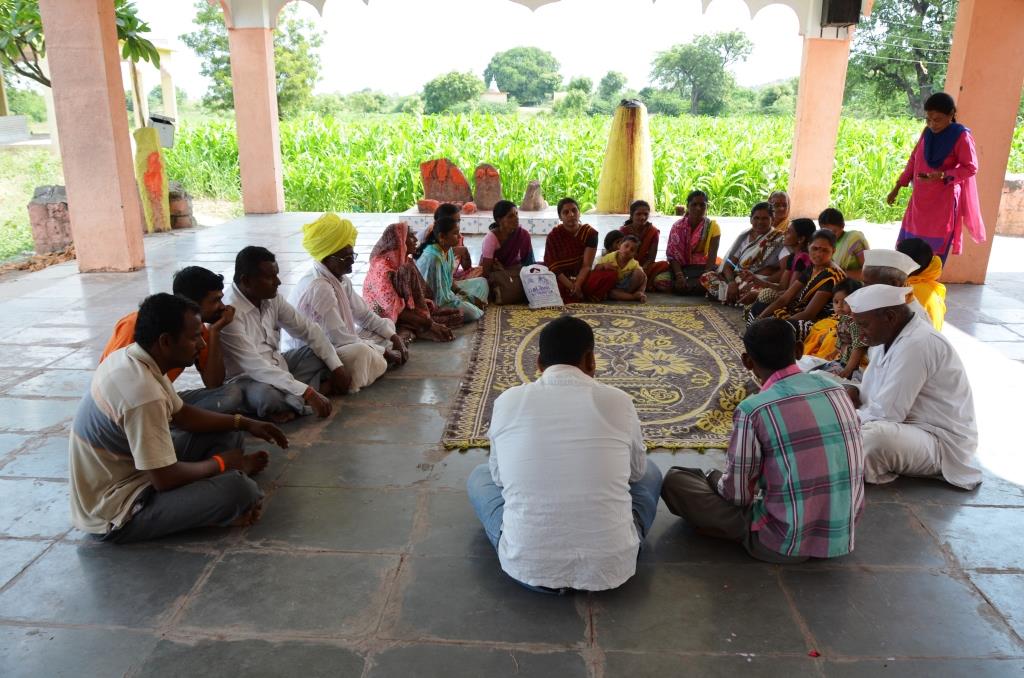
A Water Governance Standard
However, this can be a challenge for both interested investors and the stakeholders unless an effective standards and certification system is in place, which can help categorise the range and the work done. Numerous sustainability standards related to different aspects of water management do exist, but can these standards effectively ‘fit-all’ case scenarios, especially in a rural agrarian setup in our country?
Rural India faces many challenges, and water governance at this micro watershed level usually lacks investment, appreciation and the spark to continue their ongoing sustainable water governance practices. A positive step in this direction is WOTR’s water governance standard tool, created to address just these challenges. The developed toolkit ‘Water Governance Standards and Certification Toolkit (WGSCT) ‘builds a bridge between rural communities and resource agencies.
Based on the community’s level of water governance, the village receives a certificate under this toolkit. This certification helps bring investment into the village. It supports investors to make an informed decision on their contribution towards the village wherein they can ensure better and assured outcomes towards judicious, efficient, and sustainable water use. It also acknowledges and appreciates the rural communities for their governance efforts and presents the course of actions and corrective measures to improve governance in communities receiving a lower score, enhancing and abetting community participation.
Besides mobilised citizens and a concerned community, specific local information is essential to achieving good water governance. What are the vulnerabilities, resources and aspirations of that particular region? Is the community just a simple user or a custodian of the water resources? What is the actual water usage and status there, or the existent water quality? The answers to these pertinent questions lay the foundation for a sustainable water governance system.
The Water Stewardship Initiative
Understanding this urgency of effective water management and governance at the local level, WOTR launched the Water Stewardship Initiative (WSI) in Maharashtra, promoting climate smart water governance through community participation. As part of this initiative, rural communities can significantly improve their “water health status”, secure their livelihoods, and enhance their well-being.
Sustainable, inclusive and efficient use of water resources thus, is very much possible. But, on the other hand, meeting future water demands by increased groundwater pumping or diversion of freshwater resources to meet our escalating needs will leave our lands drier and our lives more parched. The answer lies in the middle path, a sustainable balance between the supply and demand of water, brought about by an efficient water governance system.
Reach out to communications@wotr.org to know more about the Water Governance Standards and Certification Toolkit (WGSCT) and the Water Stewardship Initiative

